
Two gray wolves (Canis lupus) confront each other in the fresh winter snow of Montana. It is commonly believed that some wolves are “alpha,” but are they? (Image: Dennis Fast/VWPics/Universal Images Group via Getty Images)
The concept of the alpha male was first proposed in 1970 to explain wolf pack organization. However, wildlife biologist David Mech, who coined the term, never meant for an alpha male to be a single leader of a pack. Instead, he was describing how an alpha male and alpha female pair manage their group, make decisions, and produce offspring.
This idea quickly spread to other social animals and even entered popular culture, where it came to describe a confident, assertive, and often blunt personality.
But 20 years after publishing his seminal alpha male theory, Mech argued that subsequent observations showed that wild wolf packs were simply family groups, with the alpha pair simply being the parents. In the video, he acknowledged that “the term implies that wolves fought and actively competed for the top spot in the pack. In reality, they get there simply by mating with a member of the opposite sex, producing offspring that make up the rest of the pack, and thus becoming natural leaders.”
You may like
-

The study found that people who perceive brutal politics in society value antagonistic leaders.
-
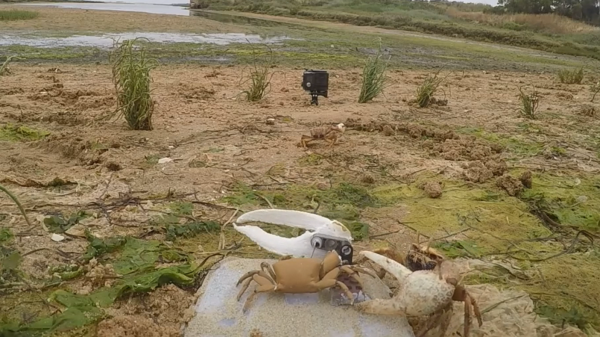
Watch as robot crab 'Wiggle Dave' gets attacked in a claw-swinging contest with real crabs
-
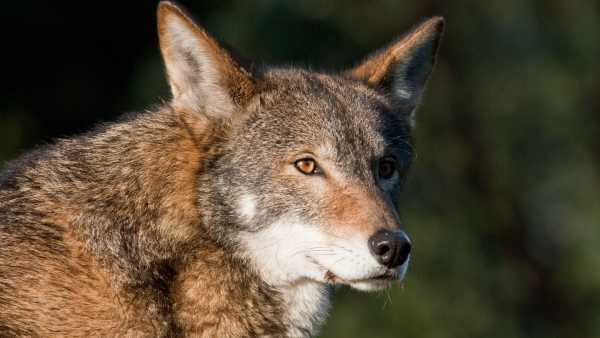
Instead of “reviving” dire wolves, scientists should use gene editing to protect living, endangered species.
Recent research has also cast doubt on the existence of alpha males in other animal species. Females are exclusively dominant in many animal groups, including hyenas, killer whales, and meerkats. In primate groups, either sex can be dominant. Some species, such as African lions, form coalitions in which every individual has equal status.
So, is the concept of alpha relevant or even real? Behavioural ecology suggests that it is, although perhaps not in quite the way we thought.
Most herd (group) animals have some form of social hierarchy. This internal structure determines each individual's access to various resources, such as food, mates, and territory, which helps the group resolve disputes and sometimes avoid conflicts altogether.
Subscribe to our newsletter

Subscribe to our weekly newsletter, Life's Little Mysteries, to get the latest detective stories before they hit the web.
“Alpha simply means that the animal is at the top of the rankings at a certain moment or during a certain period of time,” Paulo Mota, a behavioral ecologist at the University of Porto in Portugal, told Live Science.
The nature and complexity of these ranks can vary greatly among species. Chickens have a highly linear hierarchy, with one alpha female dominating, but every other hen holding a clearly defined position in the ranks. Other species, such as the naked mole rat (Heterocephalus glaber), have one dominant pair—an alpha male and alpha female—who reproduce and control the colony, while all other members of the group are roughly equal.
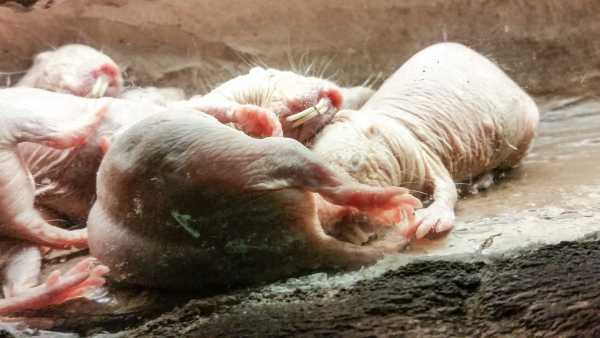
Naked mole rats (Heterocephalus glaber) have one dominant pair, an alpha male and alpha female, who reproduce and control the colony.
But “in social species with complex brains, the structure of social relationships becomes more complex, diffuse, and indirect,” Mota said. Primate species often have a looser structure, with multiple hierarchies covering different aspects of group life.
“In most cases, these dominance hierarchies are based on fighting and are related to power, that is, priority access to resources,” explained Dieter Lucas, an evolutionary biologist at the Max Planck Institute for Evolutionary Anthropology in Germany. “But there are also other aspects of power: the idea of leadership — for example, who determines where the group goes today or whether to fight with the neighboring group — and these are not necessarily related to the same hierarchies.”
To top it all off, these group ranks aren’t even permanent social positions. Being an alpha male is more of a temporary position than an innate characteristic of being a dominant individual. “In most species, ranks can change frequently and quite quickly, especially in situations where higher-ranking individuals gain more advantages,” Lucas told Live Science. “If you look at the entire life of an individual, every single one of them could have been an alpha at some point in their life.”
Likewise, people perceived as alpha males may dominate social situations, but they may not be the ones who win a fight or who you would choose as a leader. “We talk about power most of the time when we talk about animals, but we know there’s also prestige,” Lucas said. “That status comes with different roles in society, and I think humans are really characterized by this tremendous flexibility.”
But he added that if you look closely, you can see the same flexibility in different animal populations.
RELATED SECRETS
—Why do some animals adopt the babies of other animals?
— Can psychopaths learn empathy?
— Are people cruel by nature?
So what does this mean for the alpha male concept?
In some animal social groups, one male clearly dominates, and in some species, you can even detect physiological changes associated with this increase in status, Mota said. “In mice, the testicles get bigger, and the animal starts producing more testosterone. It starts urinating all over the place, rather than in one place, to mark its territory. These changes happen after the animal changes its dominant position.”
But Lucas argues that the term “alpha male” is overly simplistic and ignores the nuances of social behavior and structure in more intelligent species. “This concept that the alpha has absolute power in the group is really unhelpful because it obscures the fact that even if the male wins all the fights, he may not be the one making the decisions. The distribution of power is not that simple,” he said.
TOPICS Little secrets of life

Victoria Atkinson, Social Link Navigator, Live Science Contributor
Victoria Atkinson is a freelance science journalist specialising in chemistry and its interactions with the natural and built worlds. She currently lives in York, UK. Previously, she worked as a science content developer at the University of Oxford, before joining the editorial team at Chemistry World. Since becoming a freelancer, Victoria has expanded her work to cover topics across a range of scientific fields, and has contributed to Chemistry Review, Neon Squid Publishing and the Open University, among others. She holds a PhD in organic chemistry from the University of Oxford.
Read more

The study found that people who perceive brutal politics in society value antagonistic leaders.
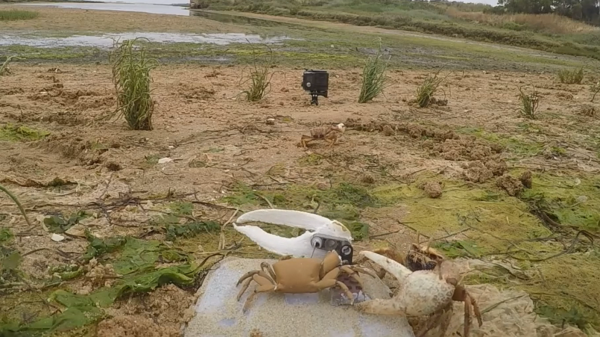
Watch as robot crab 'Wiggle Dave' gets attacked in a claw-swinging contest with real crabs
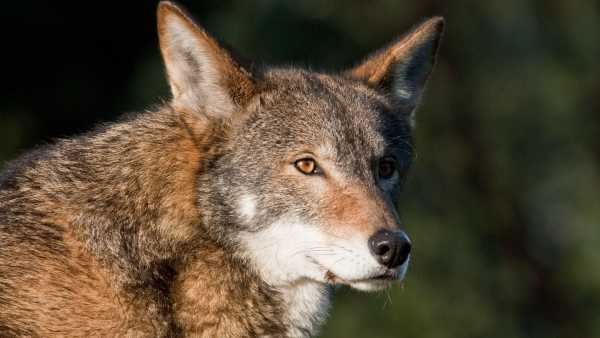
Instead of “reviving” dire wolves, scientists should use gene editing to protect living, endangered species.
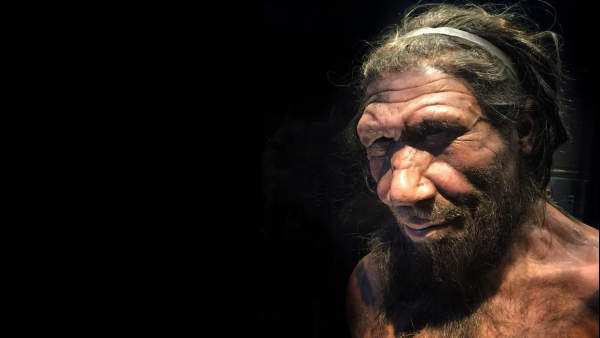
A gene that differs between humans and Neanderthals could shed light on the species' extinction, a study in mice suggests.
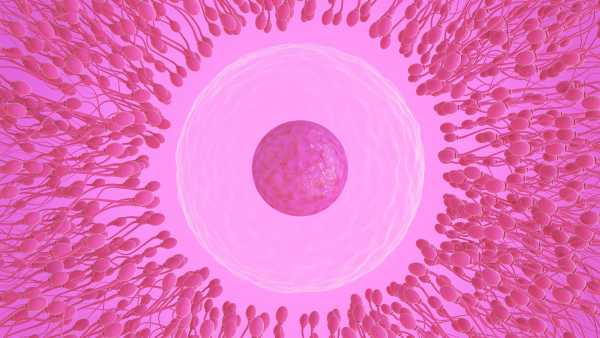
Sperm selection is 'entirely dependent on the egg' – so why does the 'sperm race' myth persist?
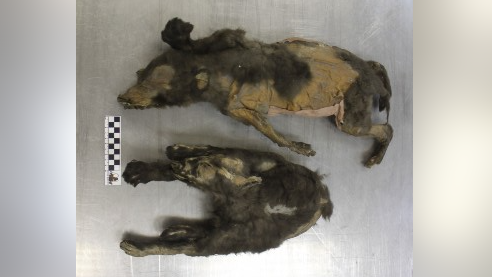
14,000-Year-Old Ice Age 'Puppies' Were Actually Wolf Sisters Who Lunched on a Woolly Rhinoceros for Their Last Meal Latest Animal News
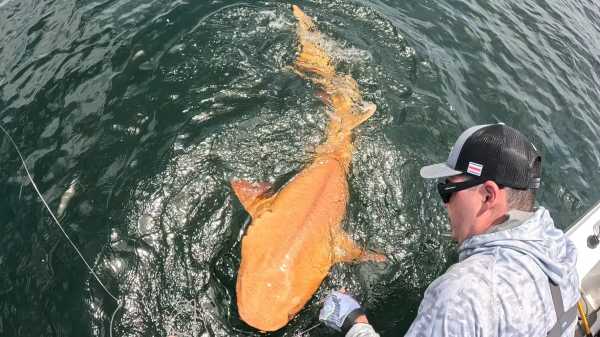
Fishermen discover first-of-its-kind bright orange shark with two rare diseases in Caribbean
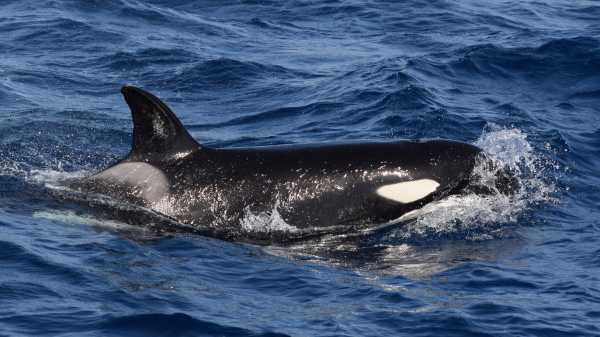
'We've Gone Completely Mad': Killer Whales Attack Boats Again in Europe
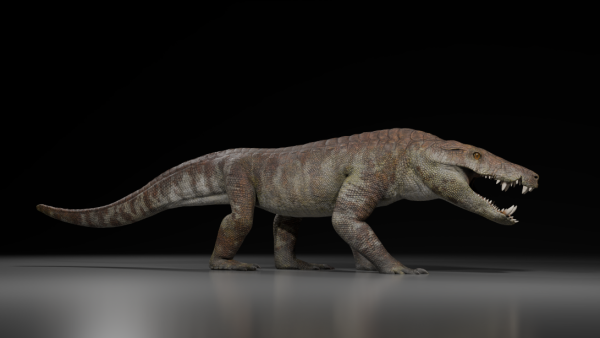
70-million-year-old dinosaur-eating hyperpredator named after Egyptian god

Spiders keep fireflies as glowing captives, which attract more prey into their webs.
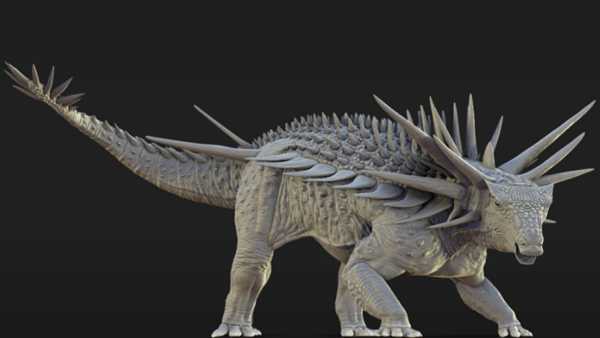
'So weird': Ankylosaurus with 90cm spikes sticking out of its neck discovered in Morocco

Heartbreaking image shows sloth clinging to barbed wire because it looks like wood. Latest news
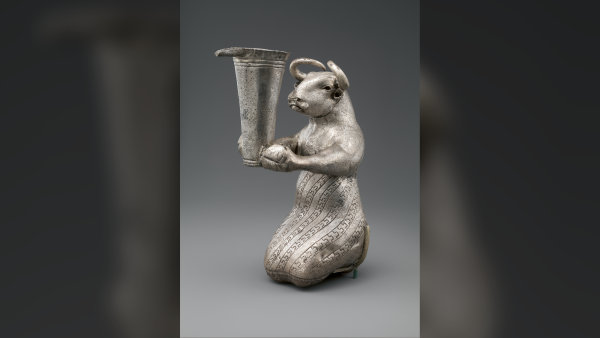
Kneeling Bull: Iran's 5,000-Year-Old Hybrid Creature With Mysterious Purpose

James Webb Space Telescope Spots Deformed 'Butterfly Star' Shedding Chrysalis – Space Photo of the Week
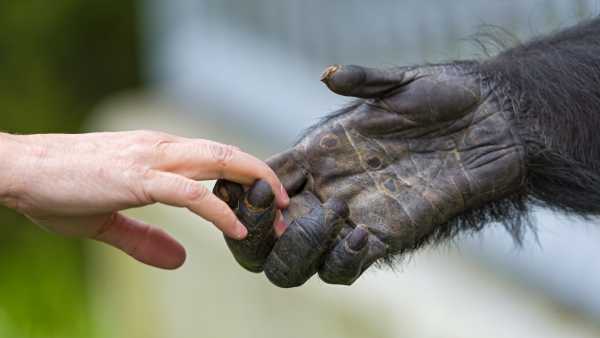
Do humans and chimpanzees really share 99% of their DNA?

Giant 'Checkerboard' Surrounds Idaho River in Bizarre Astronaut Photo
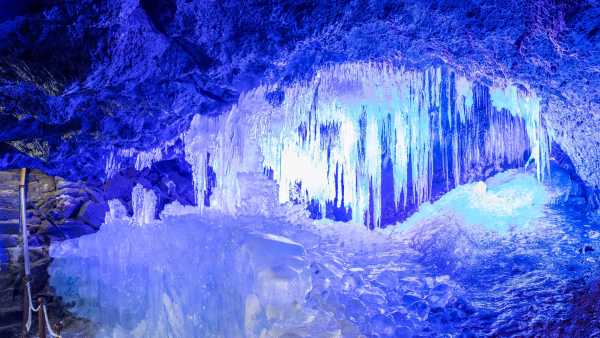
Narusawa Ice Cave: A lava tube filled with 10-foot-tall ice columns at the base of Mount Fuji.
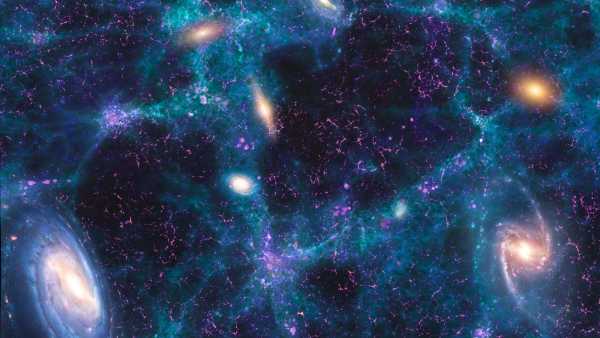
LATEST ARTICLES: WHY DOES THE UNIVERSE EXIST?

1Microsoft's new light-powered computer is based on 80-year-old technology. It could make artificial intelligence 100 times more efficient.
Live Science is part of Future US Inc., an international media group and leading digital publisher. Visit our corporate website.
- About Us
- Contact Future experts
- Terms and Conditions
- Privacy Policy
- Cookie Policy
- Accessibility Statement
- Advertise with us
- Web Notifications
- Career
- Editorial Standards
- How to present history to us
© Future US, Inc. Full 7th Floor, 130 West 42nd Street, New York, NY 10036.
var dfp_config = { “site_platform”: “vanilla”, “keywords”: “type-llm,van-disable-newsletter,van-disable-comments,serversidehawk,videoarticle,van-enable-adviser-
Sourse: www.livescience.com





